Top Things to Know Before Buying Tropical Landscape

Top Things to Know Before Buying a Tropical Landscape: A Guide for Savvy Gardeners
Ah, the allure of a tropical landscape! Lush greenery, vibrant blooms, and the symphony of exotic birdsong... it's enough to make anyone yearn for a slice of paradise. But before you dive headfirst into creating your own tropical oasis, there are a few crucial things to consider.
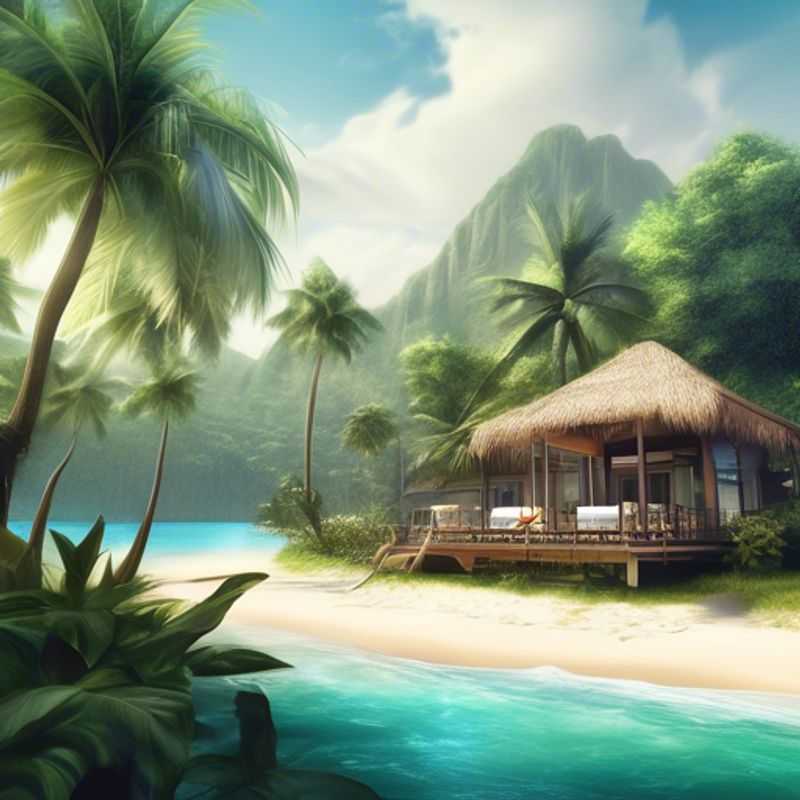
Tropical Climates and Weather Patterns: A Deep Dive
Tropical regions are renowned for their consistently warm temperatures and abundant rainfall. These areas experience high humidity, leading to significant discomfort for those not acclimated to such conditions. It's crucial to factor in the intense sun and associated UV radiation, necessitating proper sun protection. Tropical storms and hurricanes are common occurrences, so preparedness is key. Understanding the specific climate and weather patterns of a particular tropical region is essential for planning and enjoying your visit.
The following activities are usually associated with costs and require planning in advance:
Accommodation: Tropical destinations offer a wide range of lodging options, from budget-friendly guesthouses to luxurious resorts. Prices vary depending on location, amenities, and seasonality.
Transportation: Getting around in tropical regions can involve various modes, including flights, buses, taxis, and boat trips. Costs vary significantly depending on the distance traveled and the chosen mode of transport. Local transport options such as buses and taxis are often more affordable than private vehicles. Flights to and within tropical destinations tend to be more expensive than those to other regions.
Activities: Tropical regions offer a plethora of activities, ranging from beach relaxation and water sports to wildlife tours and cultural experiences. The cost of these activities varies widely based on the type and duration of the activity.
Food and drinks: Dining options in tropical regions range from local street food to high-end restaurants. While street food tends to be affordable, restaurant prices can vary significantly. Fresh fruit and local produce are often readily available and reasonably priced.
Souvenirs: Tropical regions are known for their unique crafts and local products, which make excellent souvenirs. Costs vary depending on the type and quality of the items.
When planning your trip, consider the peak season, as prices for accommodation, transportation, and activities often increase during these periods. Traveling during the shoulder season, which occurs just before or after the peak season, can be more affordable.
Remember to check for any visa requirements or health advisories prior to your trip. Tropical regions may also require specific vaccinations or immunizations. Researching these details in advance ensures a smooth and enjoyable experience.
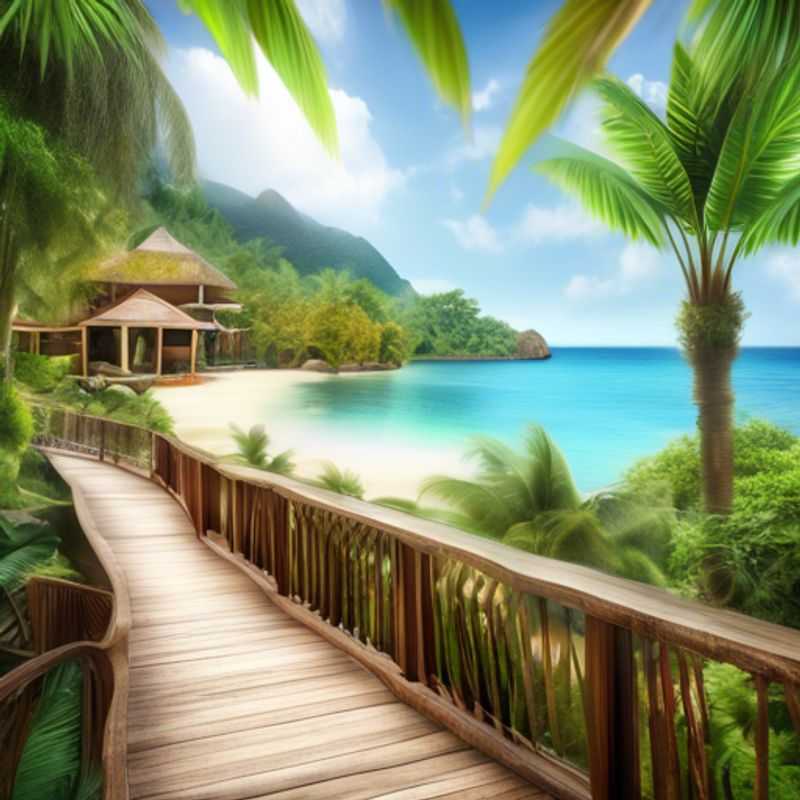
Unveiling the Green Jewels: Exploring Native Plant Species in Tropical Landscapes
Tropical landscapes offer a vibrant tapestry of life, and understanding the native plant species that thrive in these environments is crucial for maintaining their ecological integrity. By researching these plants, we gain valuable insights into their unique adaptations, ecological roles, and potential uses. This research can guide us in developing sustainable practices for landscaping, conservation, and even finding new sources of food, medicine, and other resources.
Researching native plant species in tropical landscapes can involve various activities, including:
Field surveys: Botanists and ecologists often conduct field surveys to document the presence, abundance, and distribution of plant species. This may involve walking through the landscape, recording observations, and collecting specimens for identification.
Herbarium studies: Herbarium collections provide a valuable resource for studying plant diversity, identifying species, and tracking changes over time. These collections often house dried plant specimens that are meticulously labelled and documented, providing a historical record of plant species.
Genetic analysis: Modern techniques like DNA barcoding and phylogenetic analysis allow scientists to understand the evolutionary relationships between plant species, identify cryptic species, and track genetic diversity.
Ethnobotanical studies: Researching the traditional knowledge of local communities about plants can provide valuable insights into the uses and properties of native species. This knowledge can be applied to modern medicinal research, sustainable resource management, and cultural preservation.
While this research can be conducted by individuals, it is often undertaken by organizations or institutions with expertise in botany, ecology, and conservation.
Funding for research projects may come from government agencies, research foundations, universities, conservation organizations, or private donors.
The results of this research can inform a wide range of applications, including:
Landscape design: Understanding the natural plant communities can guide sustainable landscaping practices, promoting biodiversity and ecological resilience. Native plants require less water and maintenance, making them a more environmentally responsible choice for landscaping.
Conservation efforts: Identifying threatened or endangered species can inform conservation strategies, such as habitat protection, species reintroduction programs, and sustainable harvesting practices.
Resource discovery: Researching the potential uses of native plants can lead to the discovery of new sources of food, medicine, and other valuable resources. This can be particularly relevant for communities reliant on traditional knowledge and practices.
By investing in research on native plant species in tropical landscapes, we gain a deeper understanding of these diverse ecosystems and empower ourselves to protect and manage them for future generations.
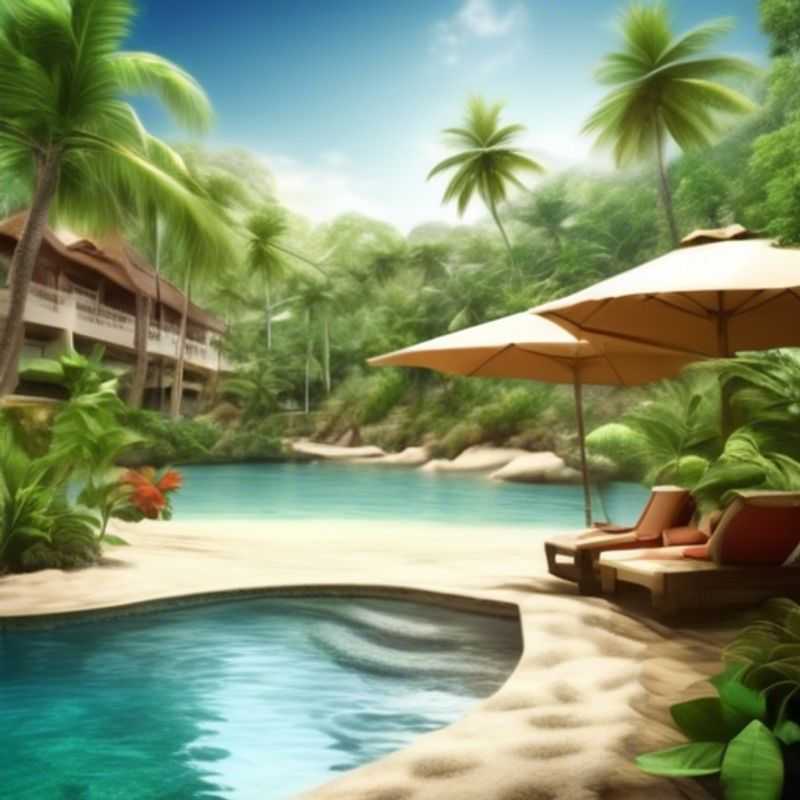
Sunlight, Rainfall, and Humidity: Key Factors in Site Selection
Understanding the amount of sunlight, rainfall, and humidity a region receives is crucial for many aspects of life, including agriculture, construction, and even personal health. Here’s a concise guide to help you factor these elements into your planning:
Sunlight: This determines the amount of solar energy available, influencing plant growth, solar panel efficiency, and even building temperature. For example, areas with high sunlight exposure are ideal for solar energy production and growing sun-loving plants.
Rainfall: This is vital for plant growth, water resources, and overall ecosystem health. Knowing the rainfall patterns helps in designing irrigation systems, planning outdoor activities, and ensuring sufficient water supply for communities.
Humidity: This refers to the amount of moisture in the air, affecting both comfort and health. High humidity can make it difficult for the body to cool down, while low humidity can lead to dryness and discomfort.
For instance: When planning a garden, knowing the sunlight exposure, rainfall, and humidity levels will help choose the right plants and optimize irrigation systems.
Remember, these factors vary widely depending on the location and time of year. Consulting local weather data and resources can provide detailed information for specific regions.

Unveiling Your Garden's Secrets: Determining Soil Type and Drainage Needs
Knowing your soil type and drainage requirements is crucial for successful landscaping. Understanding these factors helps you choose the right plants, ensure proper water management, and prevent potential problems like root rot or nutrient deficiencies.
To determine your soil type, you can perform a simple test: Dig a small hole and feel the soil. Clay feels sticky and dense, silt is smooth and powdery, and sand is gritty and loose. You may have a combination of these, like sandy loam or clay loam.
Drainage can be assessed by digging a hole and filling it with water. If the water drains quickly, you have good drainage. If it takes a long time, you have poor drainage. This will impact your plant choices and might require you to consider solutions like raised beds or improving drainage.
Soil testing is a valuable tool for obtaining a more detailed analysis. Professional laboratories can provide information about pH, nutrient levels, and other crucial soil properties. This information can be used to customize your landscaping plan and ensure your plants thrive.
You can also use your knowledge of the surrounding environment to get an idea of your soil type and drainage. For instance, if you live in an area known for its sandy soil, your land is likely to have good drainage. Conversely, areas prone to flooding often have poor drainage.
Understanding your soil type and drainage requirements is a fundamental step in landscaping. By carefully considering these factors, you can create a thriving, healthy landscape that will bring you joy for years to come.
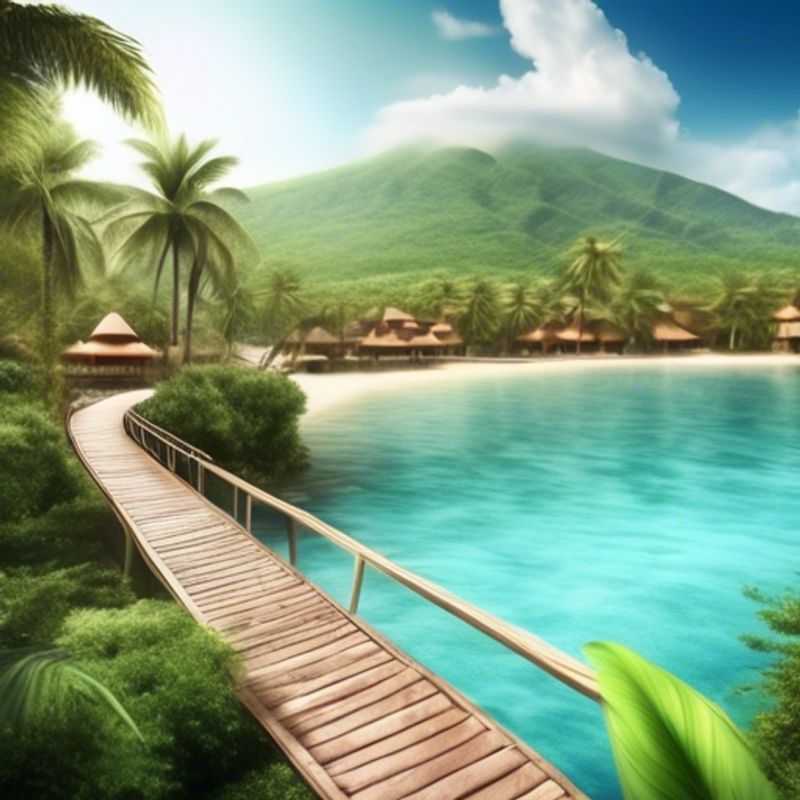
A Well-Planned Garden: Maintenance Strategies for Healthy Growth
Planning for maintenance needs such as pruning, weeding, and pest control is essential for maintaining a healthy and vibrant landscape. A well-maintained garden or lawn not only enhances curb appeal but also promotes plant growth and overall well-being. Here's a breakdown of key considerations for a comprehensive maintenance plan:
Pruning: This practice involves trimming and shaping plants to enhance their growth, health, and aesthetics. Regular pruning encourages new growth, removes dead or diseased branches, and helps maintain a desired shape. It’s recommended to prune during the dormant season, typically late winter or early spring, as this minimizes stress on plants.
Weeding: Weeds compete with desirable plants for resources such as water, nutrients, and sunlight. Regularly weeding helps prevent weed infestation and ensures optimal growth conditions for your plants. There are various methods, including hand-pulling, mulching, and applying herbicides. Consider the type and severity of weed infestation when choosing the most appropriate method.
Pest Control: Pests such as insects, diseases, and animals can damage plants and compromise their health. Early detection and appropriate control measures are crucial. Strategies include using natural pest control methods, such as introducing beneficial insects or employing horticultural oils, and utilizing chemical pesticides as a last resort. Always read and follow label instructions for safe and effective application.
Remember, a successful maintenance plan requires ongoing monitoring and adjustments based on your specific landscape needs. Consider factors like the climate, soil type, and plant species when determining the frequency and intensity of maintenance activities. You can find numerous resources online and consult with local gardening experts for tailored advice and guidance.
Cost Considerations: Factors influencing the overall cost of maintenance include the size and complexity of your landscape, the frequency of required services, and the methods chosen. For instance, hiring professional services for pruning, weeding, or pest control will incur additional costs. You can estimate these expenses based on the scope of work and the rates charged by local service providers.
By proactively planning and managing these maintenance needs, you'll ensure your landscape thrives, enhancing its beauty and value over time.
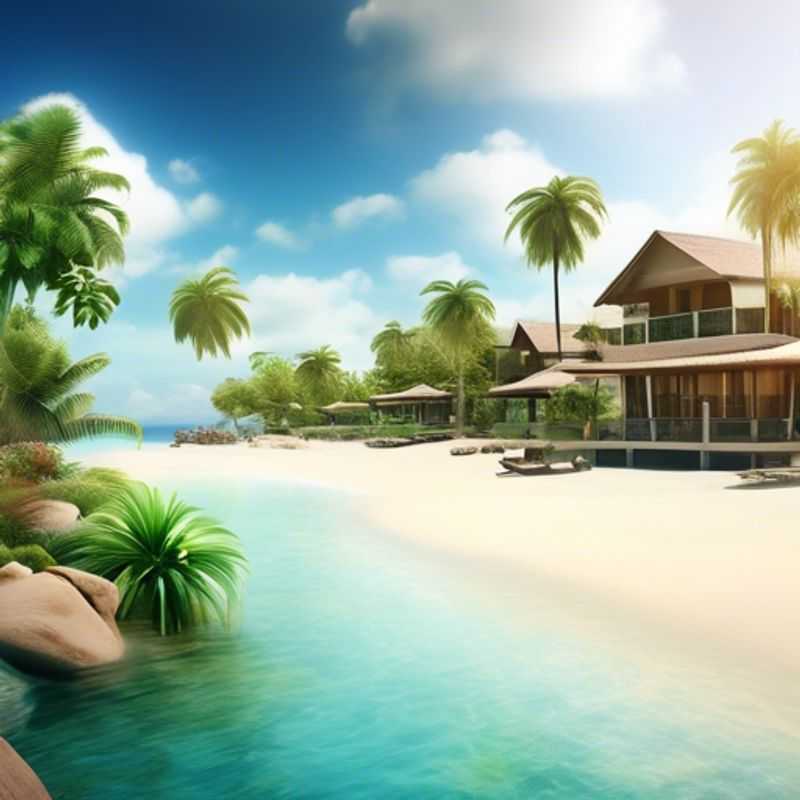
Creating Wildlife Havens: Shade and Water Features for Your Backyard
Creating shade and water sources for wildlife can benefit biodiversity in your area. Here's a summarized guide on how to incorporate these features:
Shade:
Trees are the most natural way to provide shade. Plant a variety of native trees for different sizes and shapes, providing different levels of shade throughout the day. You can also utilize structures like arbors or pergolas that provide shade for smaller areas. Remember to choose species that are adapted to your local climate.
Water Sources:
A simple birdbath or shallow dish filled with water can attract wildlife. However, it's important to ensure a constant supply, especially during dry seasons. For larger wildlife, consider a pond or even a natural spring. If constructing a water source, it’s essential to make sure it has shallow edges for easy access and clean, fresh water.
Maintenance and Safety:
Regular maintenance is crucial for both shade and water sources. This includes cleaning out debris, refilling water, and monitoring for any potential hazards. If you have a pond, make sure it's secure and won't attract unwanted pests.
Cost:
The cost of incorporating shade and water sources for wildlife can vary depending on the scale and materials used. Planting trees may involve costs for saplings, soil preparation, and ongoing maintenance. Building a pond can be more expensive, with costs associated with excavation, landscaping, and water features. You may also want to consider professional help for installation or design.
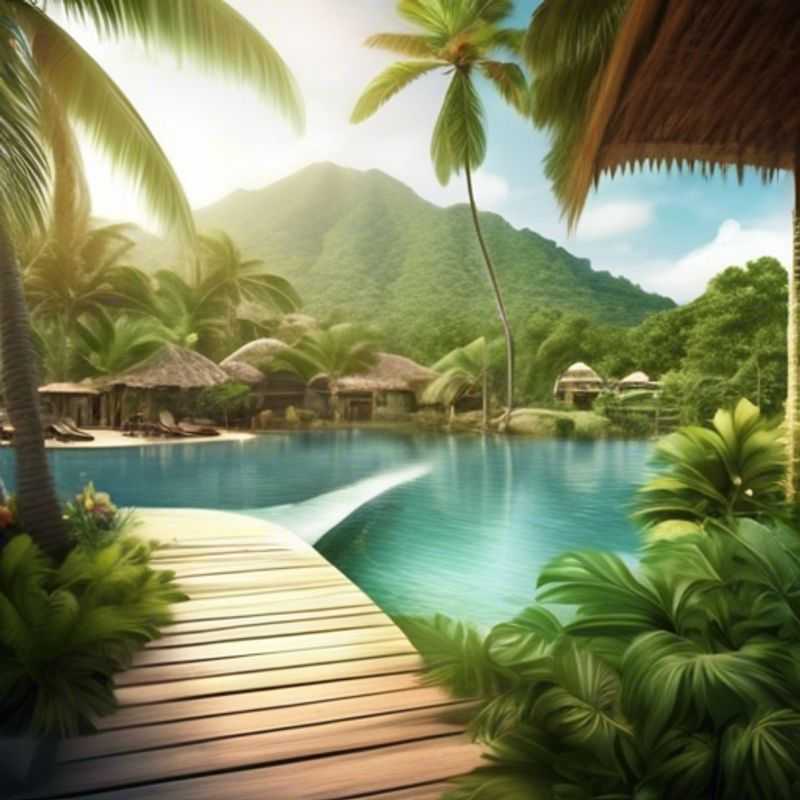
Tropical Oasis: Selecting Drought-Tolerant Plants for Your Paradise
Choosing drought-tolerant plants that thrive in a tropical climate is crucial for sustainable gardening. These plants are adapted to withstand periods of low water availability and are generally more resilient to heat. Popular choices include succulents, agaves, and native grasses, which require minimal irrigation once established.
When selecting plants, consider their soil requirements, as many drought-tolerant species prefer well-draining soil. Additionally, grouping plants with similar water needs can optimize irrigation efficiency. It's essential to choose plants that are native or well-adapted to your specific tropical region, as they are more likely to thrive with less care.
For planting, you might incur costs such as purchasing plants, soil amendments, and mulch to retain moisture. Mulching is particularly beneficial as it reduces evaporation and suppresses weeds. Also, consider investing in a drip irrigation system to provide targeted watering, which can save both water and money in the long run.
Regular maintenance, such as pruning and monitoring for pests, will ensure your garden remains healthy and vibrant. By choosing the right plants and utilizing efficient gardening techniques, you can create a beautiful landscape that thrives in a tropical climate while conserving water.
